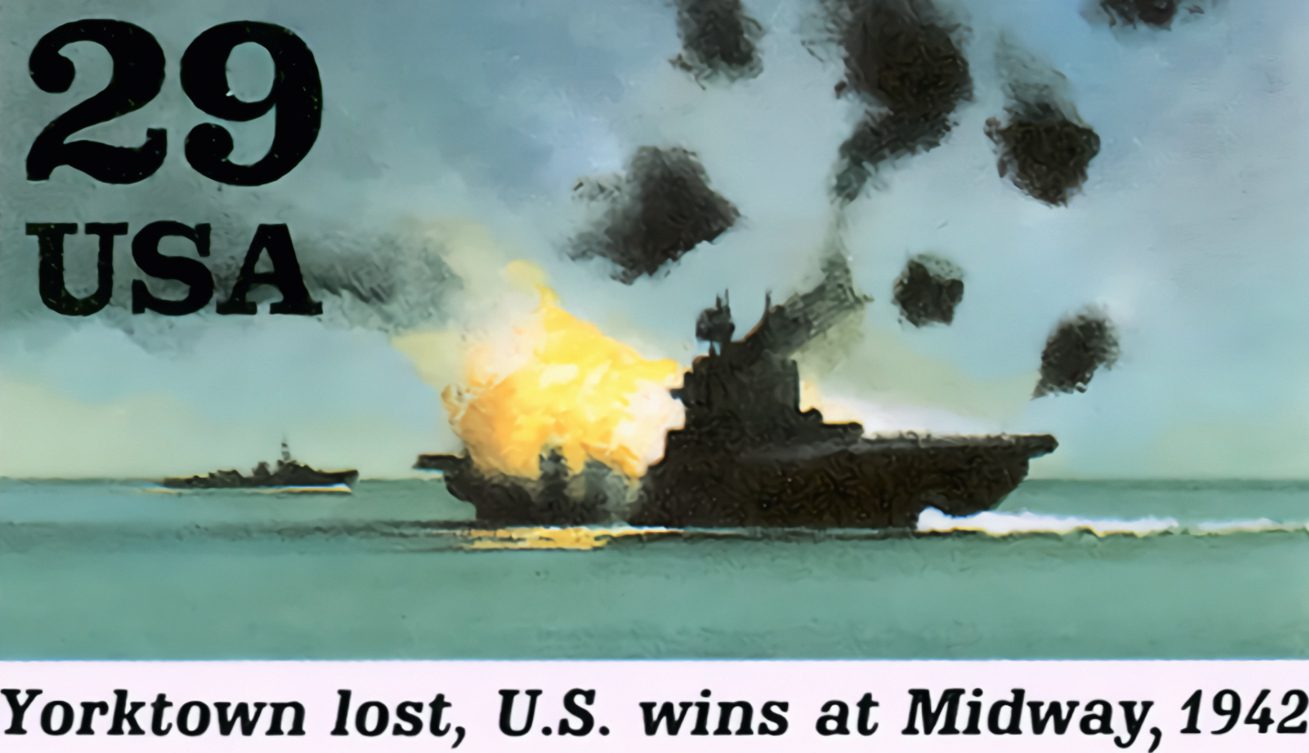Allies Win Battle of Midway
On June 7, 1942, the Allies won the Battle of Midway in the Pacific, turning the tide of the war. It’s been called “the most stunning and decisive blow in the history of naval warfare.”
Happy Holidays! Enjoy a FREE 2026 Stamp Calendar With Purchases of $100 or More. While Supplies Last

On June 7, 1942, the Allies won the Battle of Midway in the Pacific, turning the tide of the war. It’s been called “the most stunning and decisive blow in the history of naval warfare.”

On June 6, 1944, some 155,000 Allied troops stormed the shores of Normandy on D-Day, the start of Operation Overlord.

On May 30, 1922, William Howard Taft dedicated the Lincoln Memorial in Washington, DC. The memorial houses the massive 19-foot seated Lincoln statue

On May 20, 1950, the US first celebrated Armed Forces Day. Armed Forces Day is celebrated on the third Saturday in May, near the end of Armed Forces Week.

On May 3, 2000, the USPS issued the first stamps in the Distinguished Servicemen Series. These stamps were intended as a tribute to all servicemen, not just the soldiers they pictured.

Jazz legend Edward Kennedy Ellington was born on April 29, 1899, in Washington, DC. Better known as Duke Ellington, he was considered one of the most influential jazz composers.

On April 18, 1942, Jimmy Doolittle led a daring raid against the Japanese in retaliation for the attack on Pearl Harbor.

The “Father of the Steam Navy” Commodore Matthew Calbraith Perry was born on April 10, 1794, in South Kingstown, Rhode Island. Perry is best known for modernizing the US Naval Academy and opening friendly relations with Japan.

César Estrada Chávez was born on March 31, 1927, in Yuma, Arizona. He created the National Farm Workers Association, implementing nonviolent protests to fight for better pay and conditions.